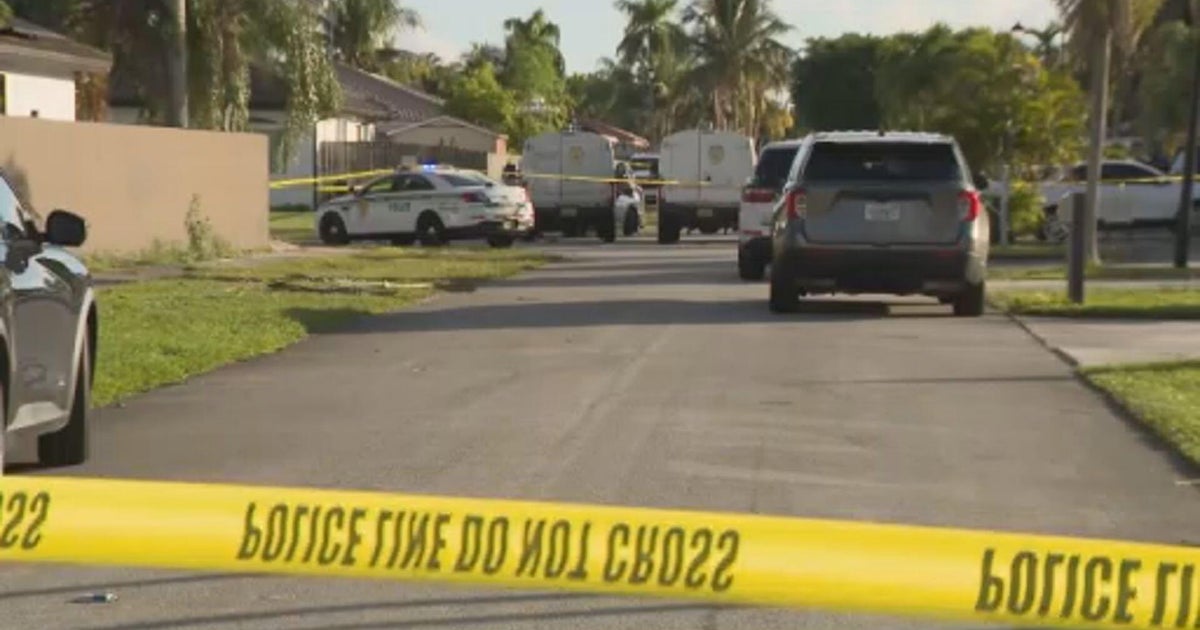The City of North Miami unveiled a tentative new stormwater master plan aimed at preventing the kind of severe flooding that inundated streets and homes during last year’s storm season.
The plan includes $11 million in short-term improvements over five years, but some residents said they are not convinced it will be enough or fast enough.
Short-term fixes target high-risk areas
In response to last year’s flooding, the city hired an engineering firm that identified 22 vulnerable areas in need of immediate attention. Among the proposed solutions are new drainage trenches and a retention pond designed to hold excess water during heavy rains.
City officials said the next step is to present the plan to the City Council for approval. If passed, the work would begin with short-term projects such as trench construction. One trench—on NE 121st Street between NE 10th and 11th Avenues, an area heavily affected last year—is already nearing completion.
Eileen Bicaba, who lives on Northeast 3rd Court—one of the areas marked high risk—attended the workshop and said she supports the idea of new trenches, but emphasized the importance of ongoing maintenance.
“They cannot just approve these projects and then turn their backs and not make sure they’re maintained,” Bicaba said. “Those drains get clogged too easily.”
Residents want faster, more creative solutions
For residents like Sara McDevitt, the memories of last year’s floods are still fresh. She filmed video of floodwaters rushing through her neighborhood and washing into yards and homes.
“That wave action creates really big problems for the homes that are right there,” McDevitt said.
After reviewing the new plan, she said she’s disappointed by the lack of bold ideas.
“Most of what the plan included was more of the same. We know we flood,” she said. “It just doesn’t seem like we’re really thinking outside the box.”
One proposal includes building a retention pond in Enchanted Forest Elaine Gordon Park—a suggestion McDevitt said could help but comes with trade-offs.
“I would like to see them look for solutions that don’t include taking a part of the park,” she said.
Long-term fixes could take decades
While the short-term improvements aim to offer some immediate relief, the plan estimates that long-term infrastructure solutions could take 15 to 20 years to complete.
With another storm season quickly approaching, residents like McDevitt remain uncertain about how much protection they’ll have this year.
“I don’t know how those plans will help me for this year’s flooding season,” she said.
As the city moves forward with its proposal, officials said community feedback will remain a key part of the process. But for now, many residents are watching the skies—and the streets—with cautious hope.



